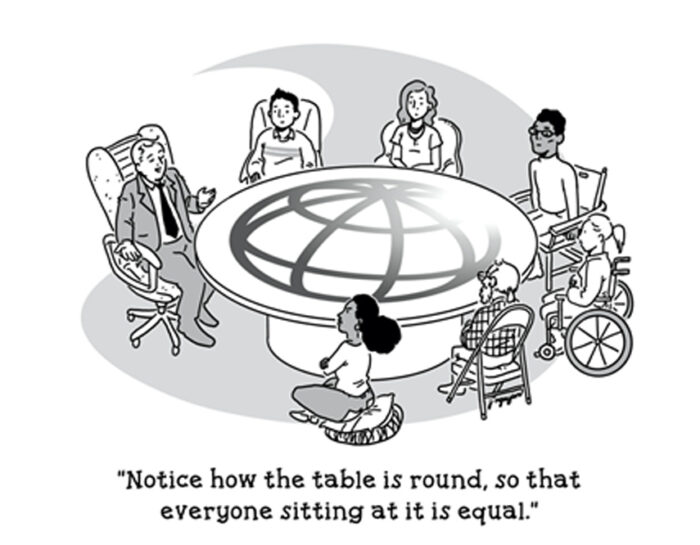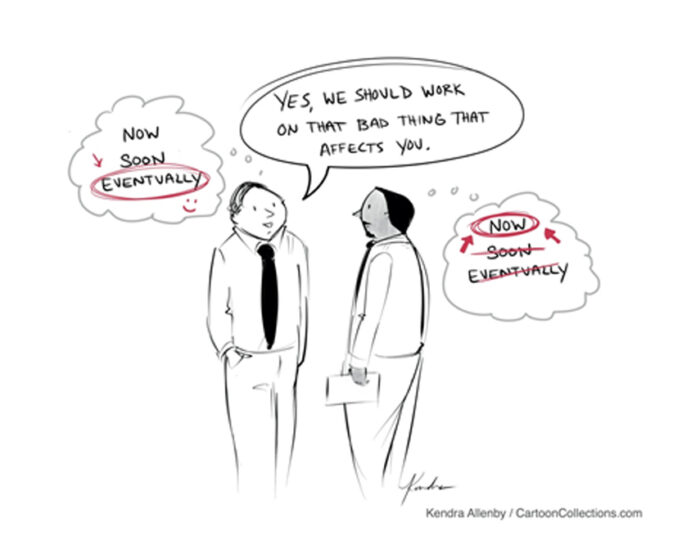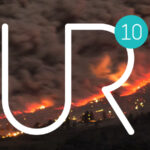Risk information from the decision maker’s perspective: What they wish you knew and what they need you to tell them
October 28, 2020 3:47 pm Leave a comment
Risk information from the decision maker’s perspective: What they wish you knew and what they need you to tell them
Organizer: REAP
| Globally, regionally, and in many contexts, nationally we have unprecedented access to early warning information and risk analysis. At the same time, many organizations, governments and communities are gradually moving from a reactive to proactive approach to crisis and disaster risk management. The need for this switch in approach is underlined and highlighted by the realities of the global climate crisis. Crises are increasingly predictable, but they are also increasingly frequent and severe. We know so much more about the nature, impact and likelihood of crises and yet actions are still often in response rather than in advance of them. In recent years, there has been a substantial increase in governments, organizations and communities attempting to shift from response to anticipation. Actors such as the RCRC movement, the UN, CSO networks such as Start Network and NEAR Network and sector leading governments such as Bangladesh have pushed the early action agenda. But there is still quite some way to go in making early action a norm. So, we know that it is unacceptable that, given the wealth of EW and risk analysis information that we have at our fingertips, our defacto mode of operation is to wait for communities to slide in to crisis before we take action. What is stopping us making early warning informed early action the rule rather than the exception? A significant barrier to scaling, systemizing and consolidating EWEA approaches in crisis and climate vulnerable countries can be found at the very first step – the collection and communication of risk and early warning information for those who have the capacity and duty to act upon it. Early Warning systems are only as good as the Early Action they result in. While there are very rich discussions at global and regional policy level, it is fair to say that this is not consistently translating and transmitting to the level at which critical decisions to act or, preferably, act early, are made. It is crucial that we shift the narrative and consultation to those who make decisions about impending crises, whether they are short, medium or long term. The confidence and willingness to act under certainty is a cornerstone of Early Action and it is essential at this juncture that we look to decision makers, be they at a community or government level, and ask them “what is that you need from us to act early? Are the steps and processes we are undertaking now useful to you when it comes time to make difficult decisions? And if not, how can we better serve and support? What do we need to do together to make early action business as usual?” In this session, we will listen to very frank and open inputs from critical decision makers on what we’ve gotten right on communicating risk information for early action and, more importantly, where we have gotten it wrong and urgently need to rectify/address. In section 1 (first 55 minutes session) we will hear from decision makers at every level. They will tell us what it is they need, when and how in order to make decisions to act early. After initial presentations by speakers, a short Q+A session will be moderated by REAP Head of Secretariat using questions from the audience. Speaker panel will be made up of a rep from each of the following categories: – Crisis/Climate Vulnerable Government – Institutional Donor Government/Body • Crisis/Climate Vulnerable Community Rep – National/Local CSO Rep – International CSO Rep Each speaker will conclude with 1 to 3 asks/demands of REAP/the broader EWEA community In section 2 (second 55m minutes session) participants will be divided in to breakout rooms categorized by the sector/area of EWEA their organization works in. They will be asked to consider the following questions: – How does your organization/sector’s current way of working enable the asks/demands expressed in section 1 of the session? – Based on what you’ve heard from panel members, how could you change your way of working to better suit those who need it? – What is the role of REAP in facilitating these asks/demands and what is the role of you as REAP partners/potential partners/EWEA actors to drive this agenda forward? What are the tangible action points that we will take from this session to COP26 and beyond? |
Speakers:
Lisa Robinson, Head of Advisory
Jahin Shams, Programme Development Specialist
Lawrence Dimailig, Deputy Director
Outi Myatt Hirvonen, Senior Advisor, Environment and Climate
Maurine Ambani, Regional FbF Coordinator
Aderito Aramuge, Meteorologist
Gavin Ileys , Crisis Management and DRR Expert
Steven Ramage, Head of External Affairs




